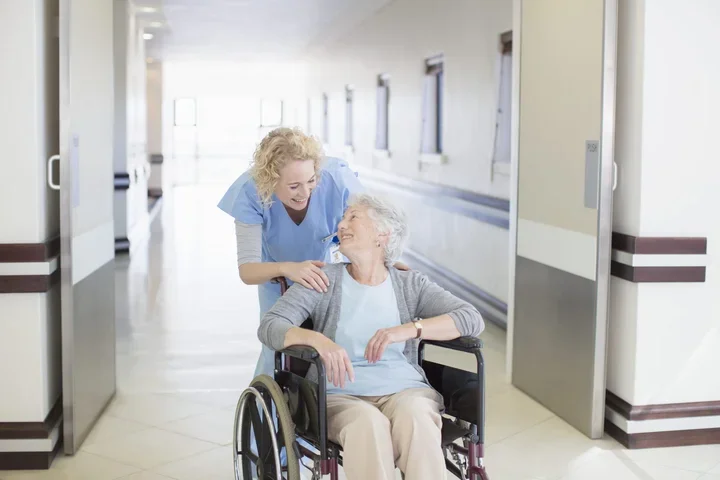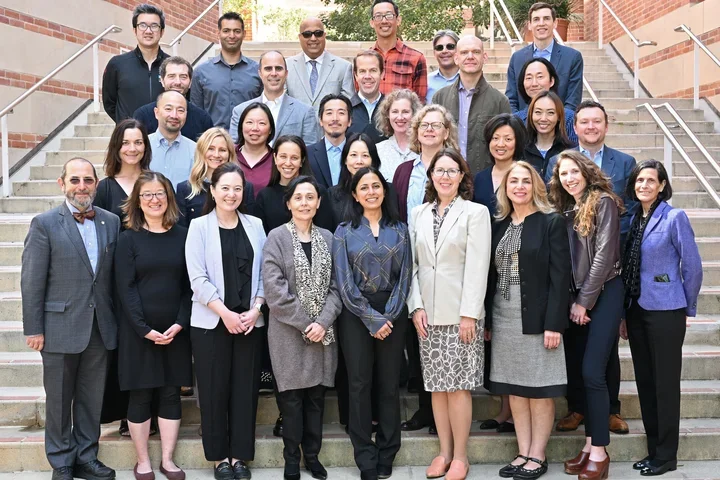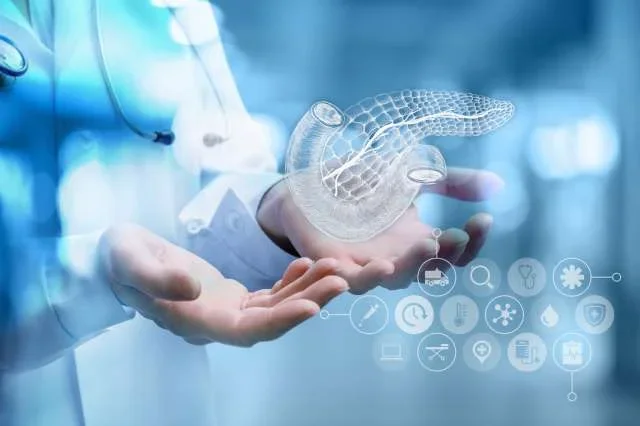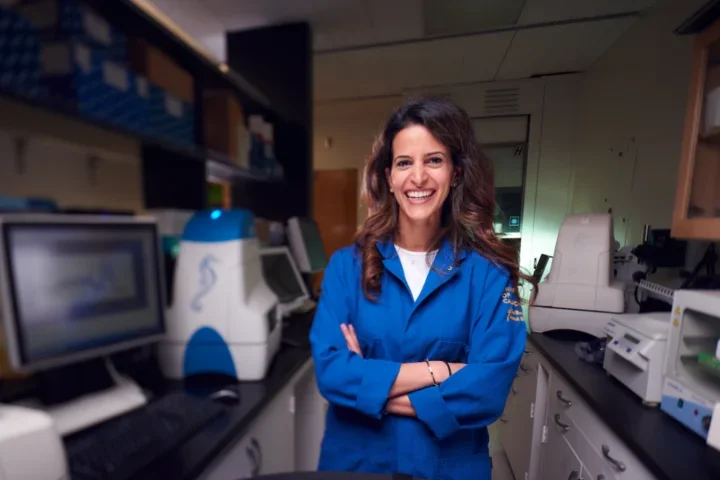What Is Transfusion Medicine?
The Life of Transfusion Pathologist
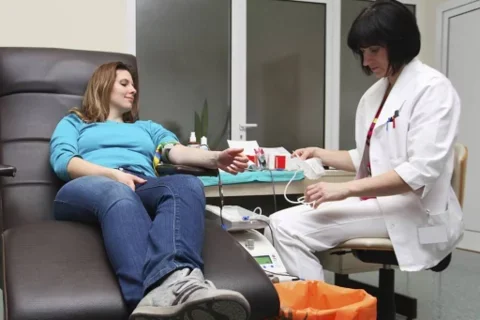
A Day in the Life of Dr. Dawn Ward, Clinical Pathologist
Transfusion medicine is a subspecialty that focuses on providing blood and its components to patients. Dawn Ward, MD, a trained clinical pathologist and faculty member in the David Geffen School of Medicine at UCLA, provides this service to patients of both the UCLA Medical Center, Santa Monica and the Ronald Reagan UCLA Medical Center in Los Angeles.
From blood-collection to monitoring the patient after the transfusion, Dr. Ward oversees the blood transfusion process at every stage.
A Typical Day
Dr. Ward begins her day by meeting with the residents at Ronald Reagan UCLA Medical Center to see if there were any adverse reactions to their respective transfusions. "It's first thing in the morning, because that's the priority of the day — to make sure the patients are safe," says Dr. Ward. "We make sure the clinical team is aware and perform a lab investigation if it's indicated. Some transfusion reactions can be a mild, [taking the form of] hives and itching. Rarely there are life-threatening complications, and we work closely with the clinical team to make sure the patient gets the supportive care they need."
After reviewing the transfusion reactions, Dr. Ward reviews patient transfusion medicine work-ups. Each patient in the hospital who is slated to receive a blood product requires a type and screen that determines blood compatibility. Donated blood should match the recipient's blood type — A, AB, B or O — but it is also matched according to the red blood cell antibodies present in the patients' blood. "It is important that every patient requiring transfusion have a type and screen," she adds. "For patients receiving continuous transfusions, they will need new a new type and screen every 72 hours. Doing this simple test can prevent a life-threatening acute hemolytic reaction for patients receiving blood."
Donating Safely
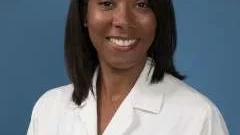
In addition to her hospital-based responsibilities, Dr. Ward also supervises the two permanent blood donation centers at UCLA, as well as the mobile blood drives. All the blood donated at these sites is given to patients at UCLA Medical Center, Santa Monica and Ronald Reagan UCLA Medical Center.
A successful donation is a careful one, though, and Dr. Ward works with the donor center staff to ensure the blood is collected from healthy donors. Diseases, risky behaviors, travel to at-risk areas and certain medications can disqualify individuals from donating in order to protect the receiving patient. To this end, she receives pages from staff throughout the day to confirm whether or not individuals with specific situations can donate.
Blood Processing
After the blood or platelets are collected from the donor, they enter the Components Processing Lab to be separated into components, each with a different clinical application. Dr. Ward explains her responsibility in the lab: "My role is to ensure a high-quality product is manufactured, and we do that by following a current good manufacturing practice-compliant operation. That way, our laboratory technologists can consistently reproduce the same high-quality products."
After the blood and platelets are processed and pass infectious-disease testing, the units are delivered to the blood banks of UCLA Medical Center, Santa Monica and Ronald Reagan UCLA Medical Center. At this stage, it is officially available for patients that have a clinical need.
Teaching and Mentoring
In addition to these responsibilities, Dr. Ward also spends time instructing medical students, residents, fellows and similar clinical departments about transfusion medicine. The information she shares with them improves their clinical knowledge and, as a result, the care they can give to patients that need blood products.
Many patients require blood replacement in the hospital, and Dr. Ward's work is vital to ensure that each step of the process is carefully monitored. She and the laboratory team, donation center and clinical staff work together to make transfusion as safe as possible for each patient.
